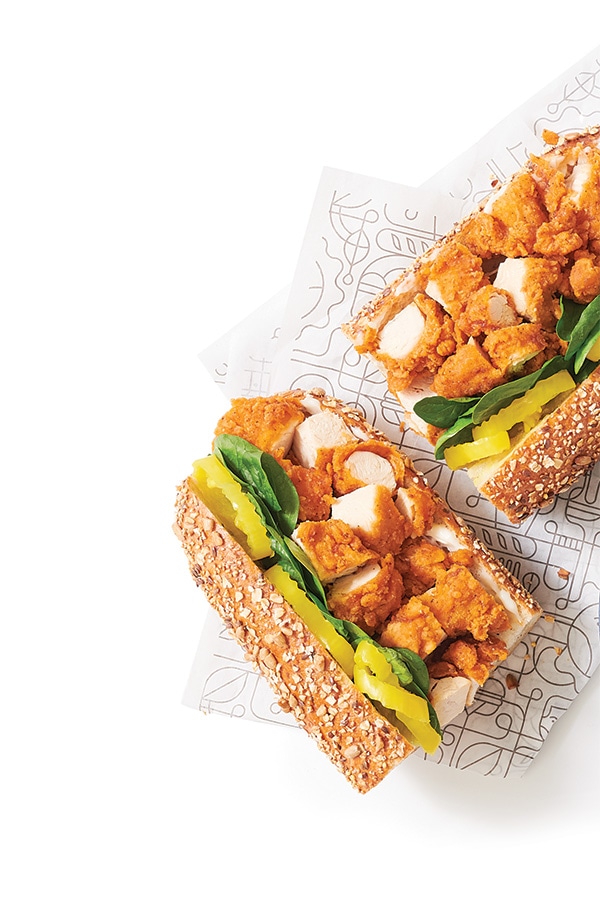Gluten free can be delicious.
It's true that many products typically eaten today contain gluten. But once you become familiar with navigating food, recipes, and supermarket aisles for your special diet, you'll find you can eat a variety of delicious foods without missing glutenous ones. Safe foods include fresh meats, fruits, vegetables, nuts and seeds, gluten free grains, milk, and legumes.
Find gluten free items using our list of gluten free products available at Publix.
What is gluten?
Gluten is the generic name for certain types of proteins in grains like wheat, barley, rye, spelt, kamut, and triticale (a grain crossbred from wheat and rye).
Note: As of January 2014, "gluten free" is defined as meaning the food either is inherently gluten free or does not contain an ingredient that is: 1) a gluten-containing grain (e.g. spelt, wheat); 2) derived from a gluten-containing grain that has not been processed to remove gluten (e.g. wheat flour); or 3) derived from a gluten-containing grain that has been processed to remove gluten (e.g. wheat starch), if the use of that ingredient results in the presence of 20 parts per million (ppm) or more gluten in the food.
To make the gluten free claim on packaging, food manufacturers are required to test products and meet the FDA guidelines.
Who does gluten sensitivity affect?
Estimates suggest 1 in 133 Americans suffers a reaction after ingesting gluten. Their reactions range from mild to very serious. Here are a few of the conditions and symptoms:
Celiac Disease
Up to three million Americans are estimated to have celiac disease. The most serious of gluten-related conditions, people with celiac disease must avoid gluten altogether to prevent destroying their small intestine or developing more serious diseases, including cancer.
Non-Celiac Gluten Sensitivity
If you have a gluten intolerance and ingest it, you could experience digestive distress, skin irritation like eczema or hives, joint and muscle pain, fatigue, malabsorption of nutrients, or headaches or migraines.
Allergies
If you have a wheat allergy, you probably realize it. After ingesting wheat, you may quickly develop itchy and watery eyes, a runny nose, a skin rash, wheezing, or stomach discomfort. Eliminate wheat, and you'll likely eliminate your symptoms. You may be able to eat oats or rye gluten without a problem. Please note, wheat-free does not mean gluten free.
Keep in Mind
If you have a gluten sensitivity, depending on its severity you may want to:
- Eliminate wheat, rye, barley, spelt, kamut, and triticale.
- Know wheat-free doesn’t mean gluten free; they may contain different glutenous grains.
- Read labels carefully.
- Know that both the basic ingredients and the additives of many processed foods typically contain glutenous grains.
- Know that manufacturers may have to clarify ingredients that aren’t spelled out on the package. For example, you may not realize that hydrolyzed vegetable protein consists of corn, soy, wheat, or a mix of grains.
Review our list of gluten free foods and foods that may contain gluten.

